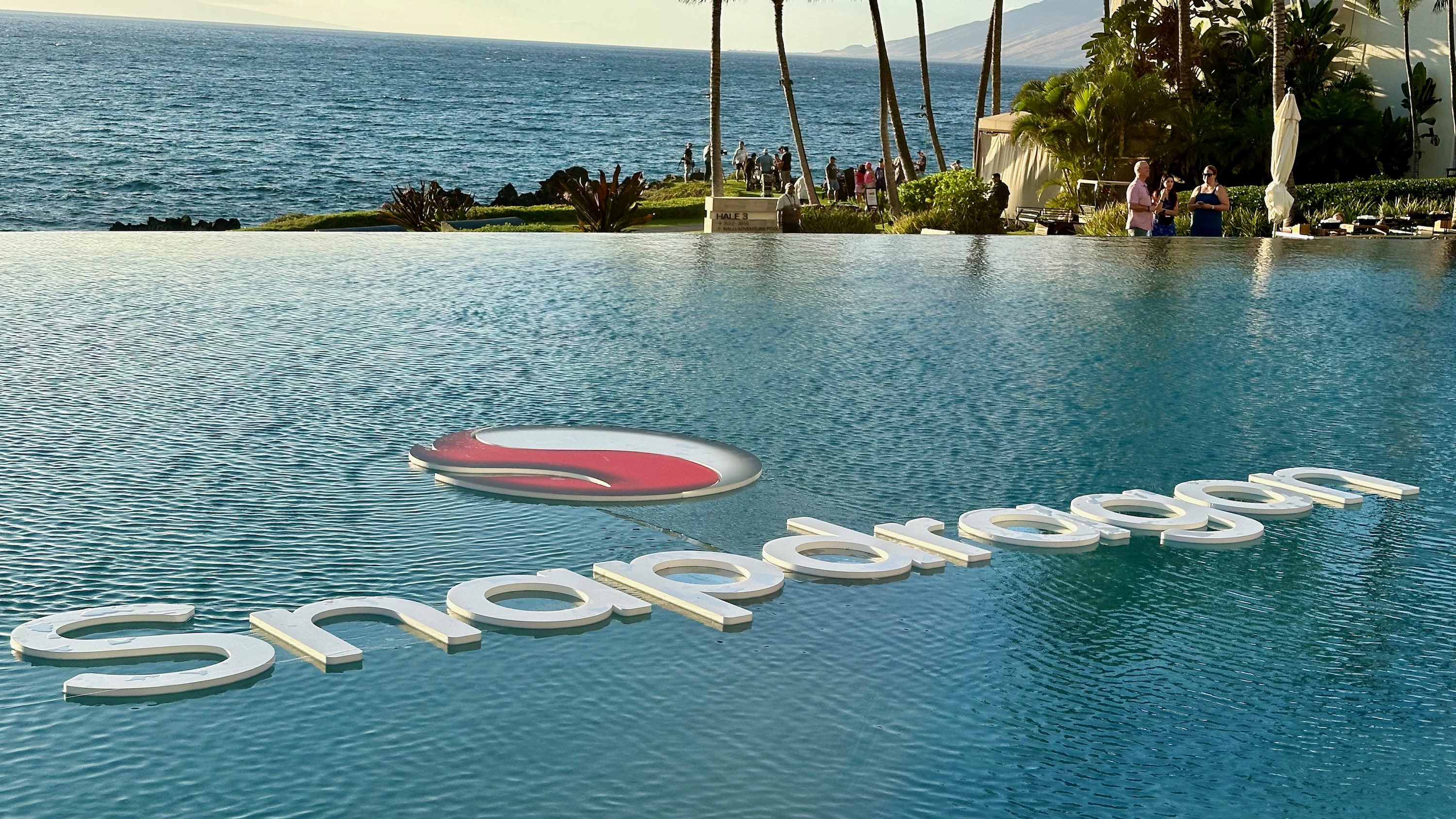New Shipping Fee Regulations Bring Relief to U.S. Ports and Shipping Lines

In a move welcomed by many in the shipping industry, the U.S. government has announced that vessels making voyages of under 2,000 nautical miles to American ports will be exempt from recently imposed docking fees. This decision is particularly significant for shipping lines operating in the Caribbean region and those navigating the Great Lakes, as it alleviates a substantial financial burden.
Initially, the proposed regulations raised concerns across the maritime sector, primarily due to the stipulation that docking fees would apply each time a Chinese-owned or Chinese-built vessel arrived at a U.S. port. Given that many shipping lines frequently visit multiple East Coast ports within a single voyage, these rules sparked fears that carriers might cease operations at smaller ports altogether, jeopardizing local economies reliant on shipping activities.
However, the final regulations have alleviated these concerns by specifying that the fee will be levied only at one port per voyage. This adjustment is expected to encourage shipping lines to maintain their operations at a range of ports rather than consolidating their activities at larger, more profitable locations.
Maritime consultant Mr. Jensen weighed in on the new regulations, predicting a strategic shift among major shipping lines. He anticipates that companies will adjust their operations to reduce the presence of Chinese-built ships in U.S. waters. The only name of the game right now is how much you minimize the costs by changing where you deploy which ships, Jensen explained, underscoring the financial pressures the industry faces.
In addition to changes in docking fees, the new regulations also aim to bolster the domestic shipbuilding industry, particularly in the construction of vessels that transport liquefied natural gas (L.N.G.), which is a vital export for the United States. As part of these efforts, the rules stipulate that by the year 2029, at least 1 percent of L.N.G. exports must be transported on vessels built in the United States.
Colin Grabow, an associate director at the Cato Institutea think tank known for its advocacy of free-market principlesprovided insight into the challenges ahead for U.S. shipbuilding. He noted that the last L.N.G. carrier constructed in the U.S. dates back to 1980 and expressed skepticism regarding the feasibility of meeting the new requirements. Given the current lack of shipyard capacity and expertise in the country, getting even one L.N.G. carrier in operation by 2029 is not at all feasible, he stated, highlighting the uphill battle facing the industry.
As these new regulations take effect, the implications for the shipping industry, U.S. ports, and the broader economy will unfold, marking a critical juncture in maritime operations.














